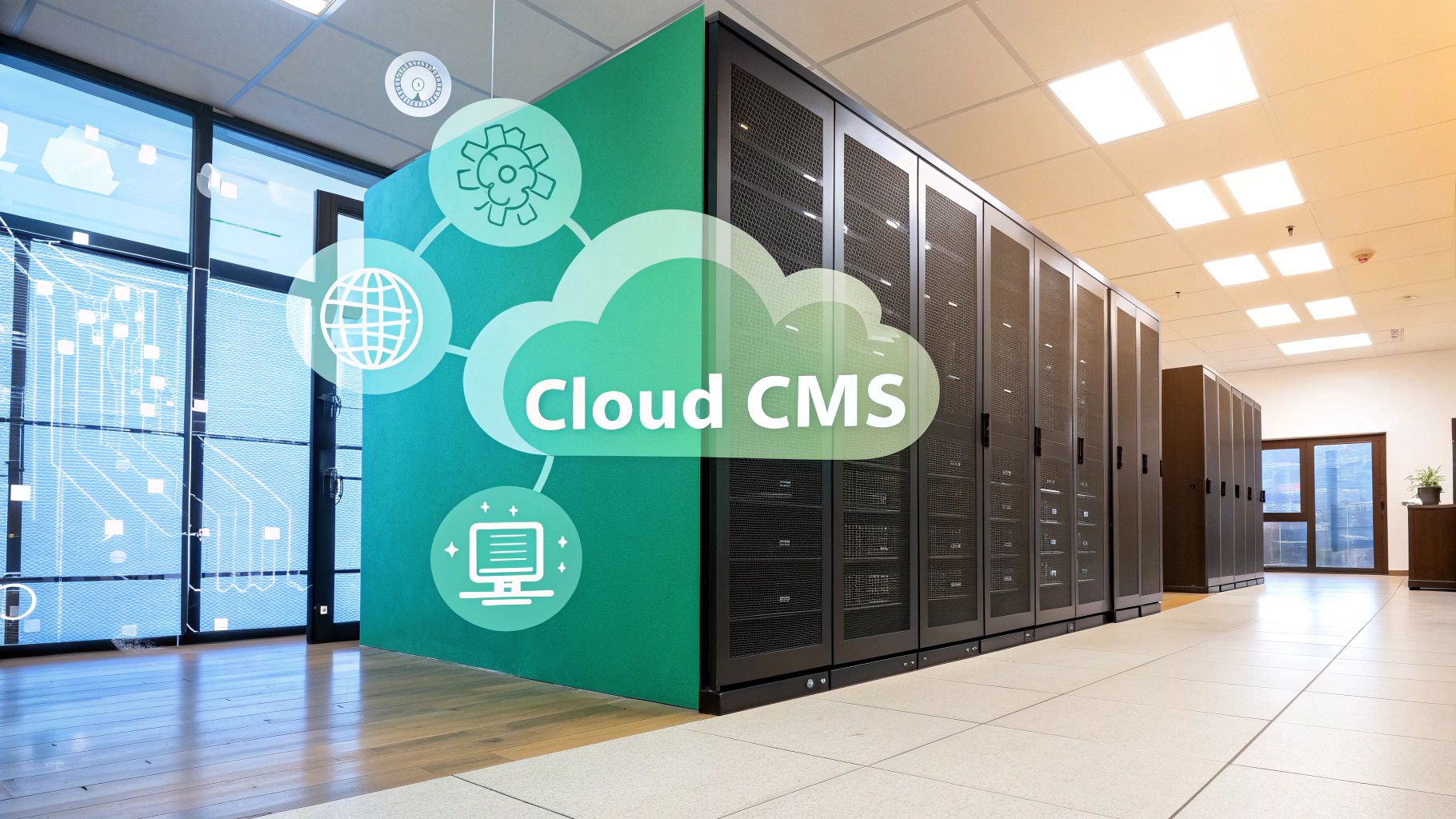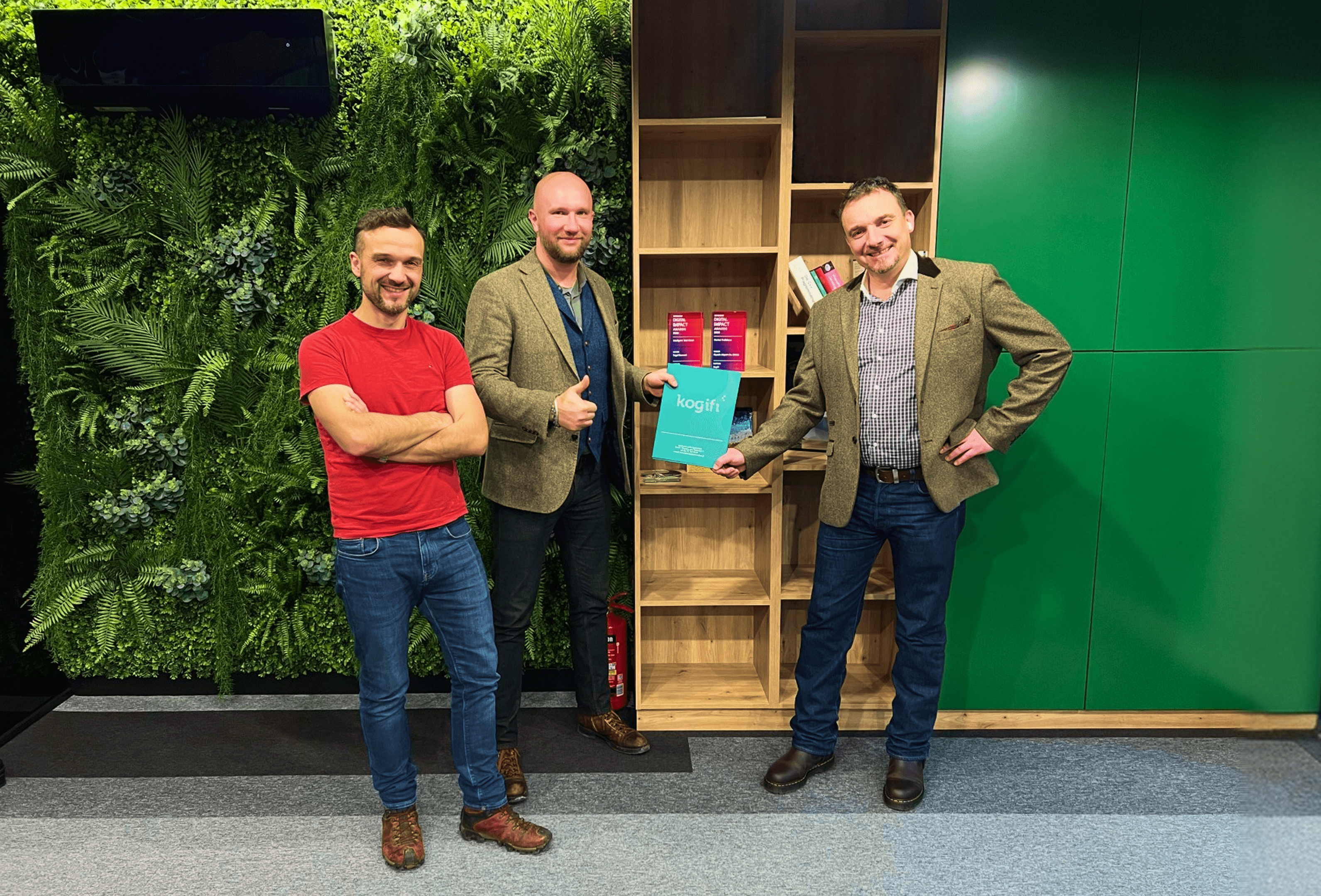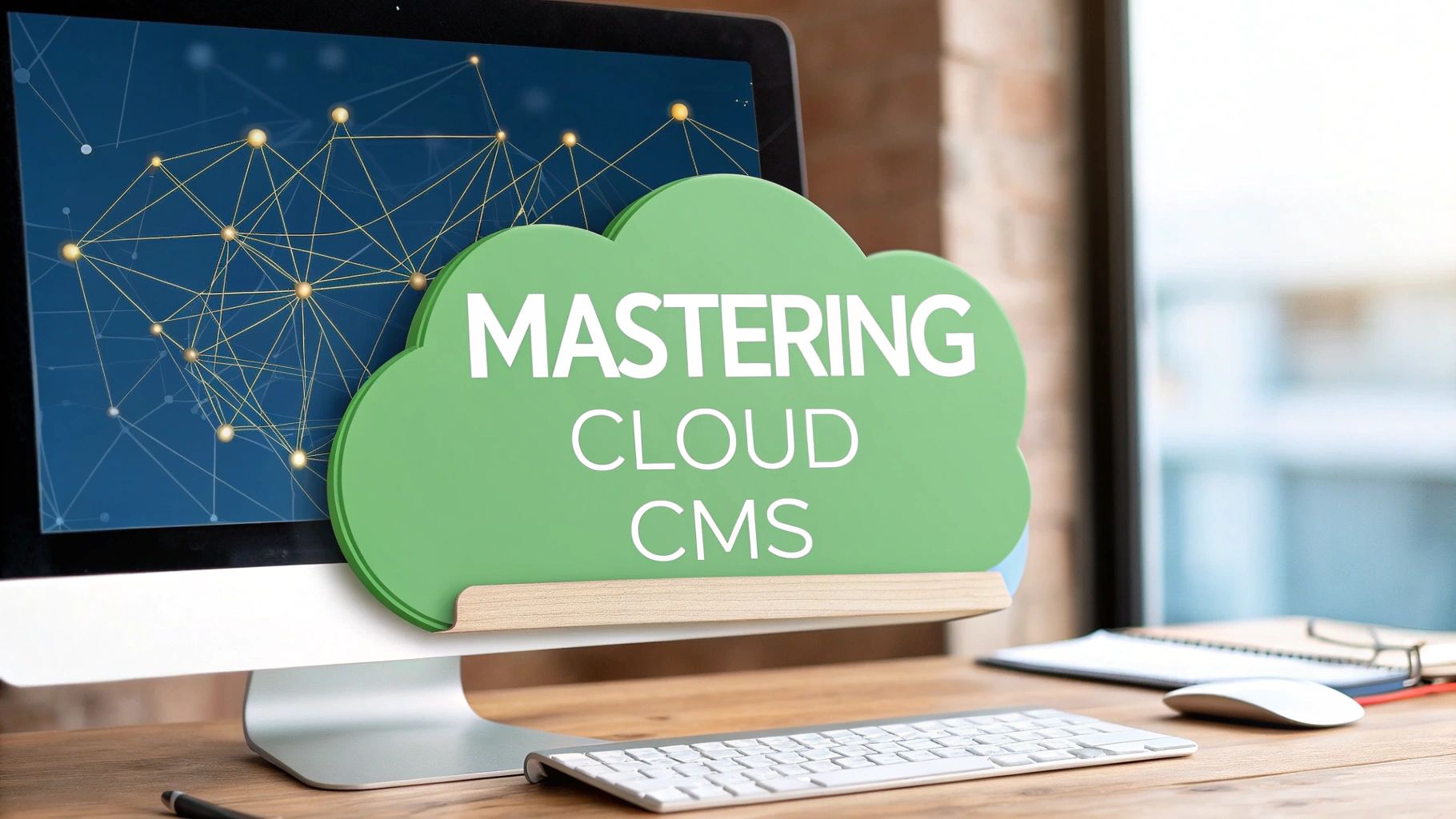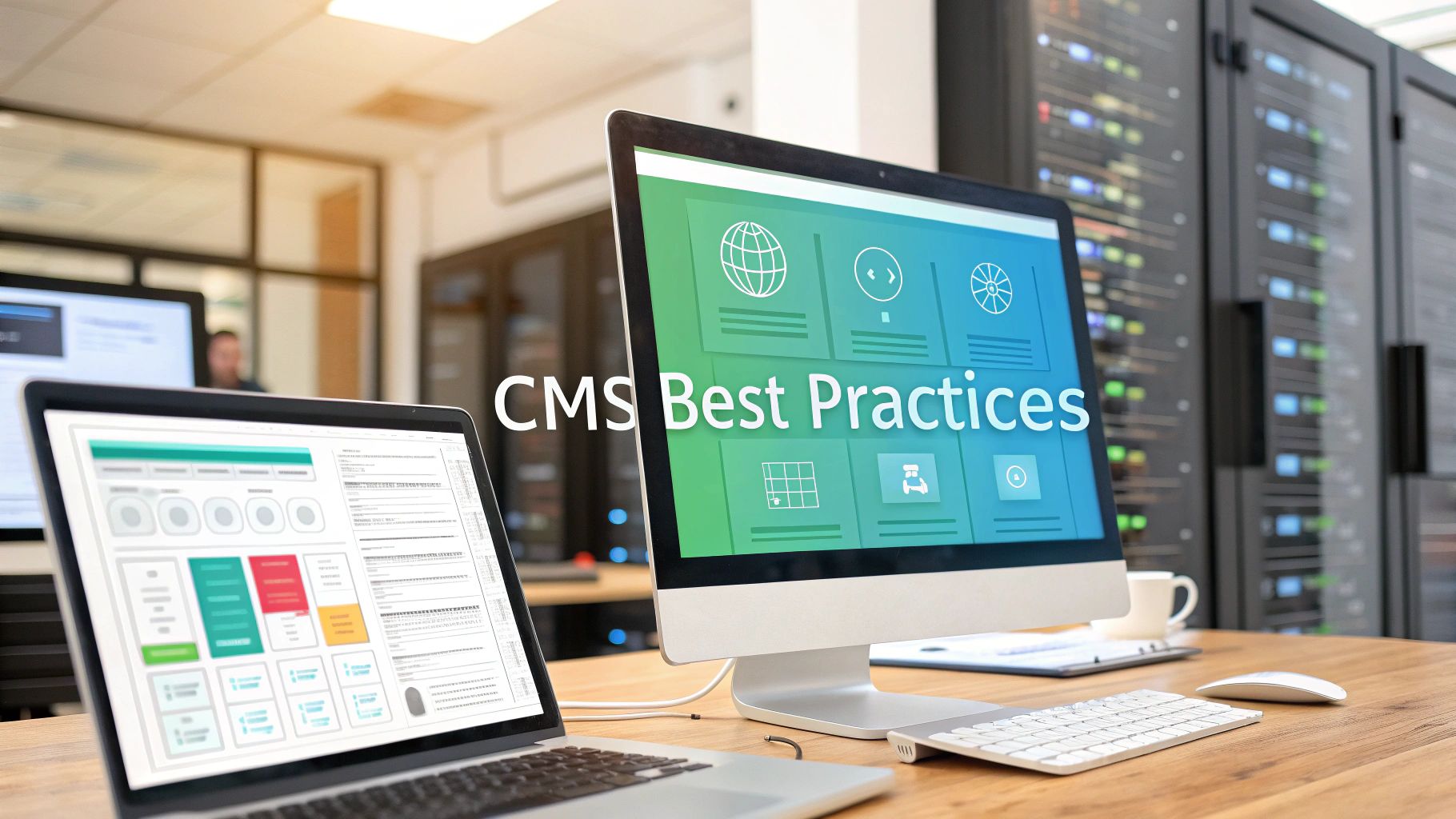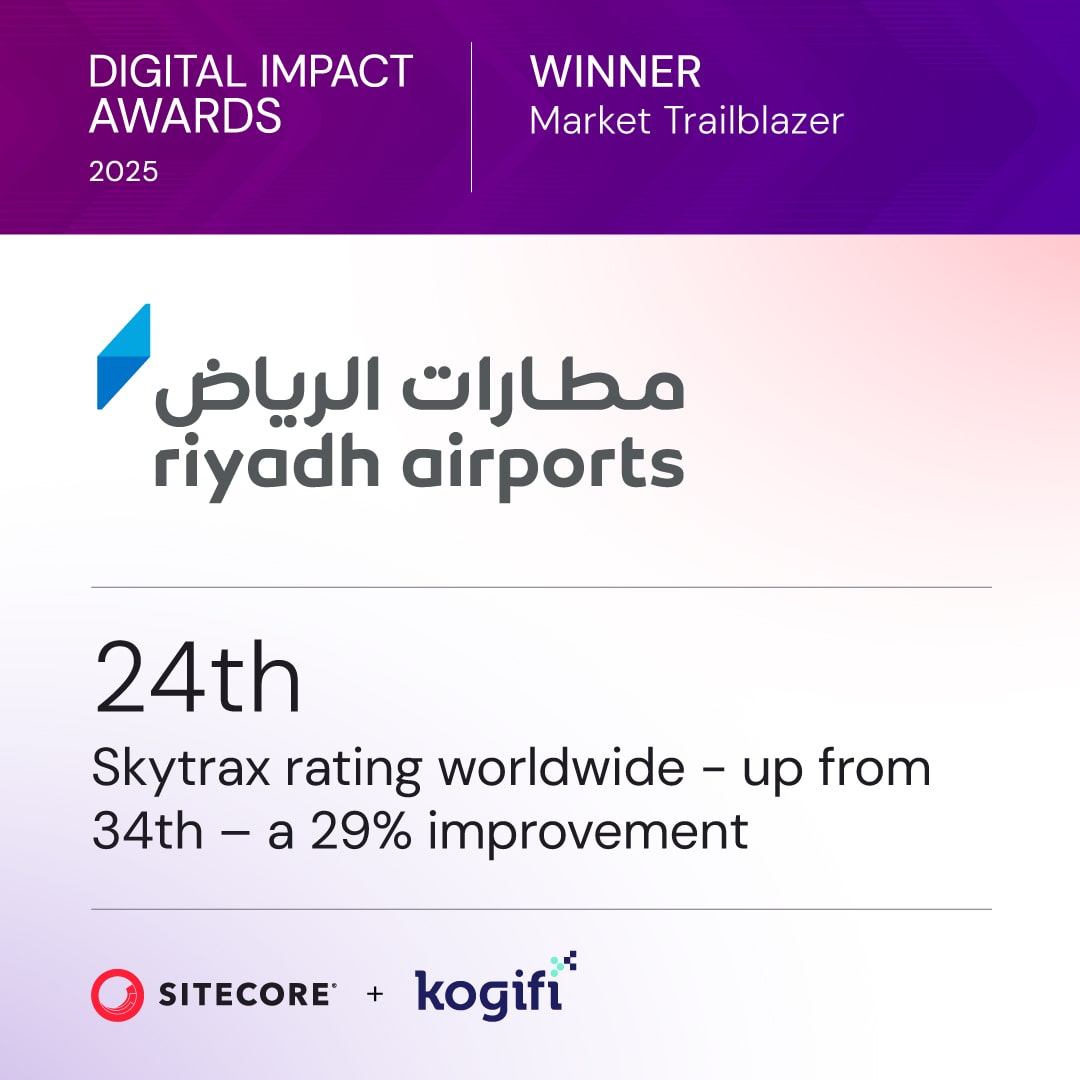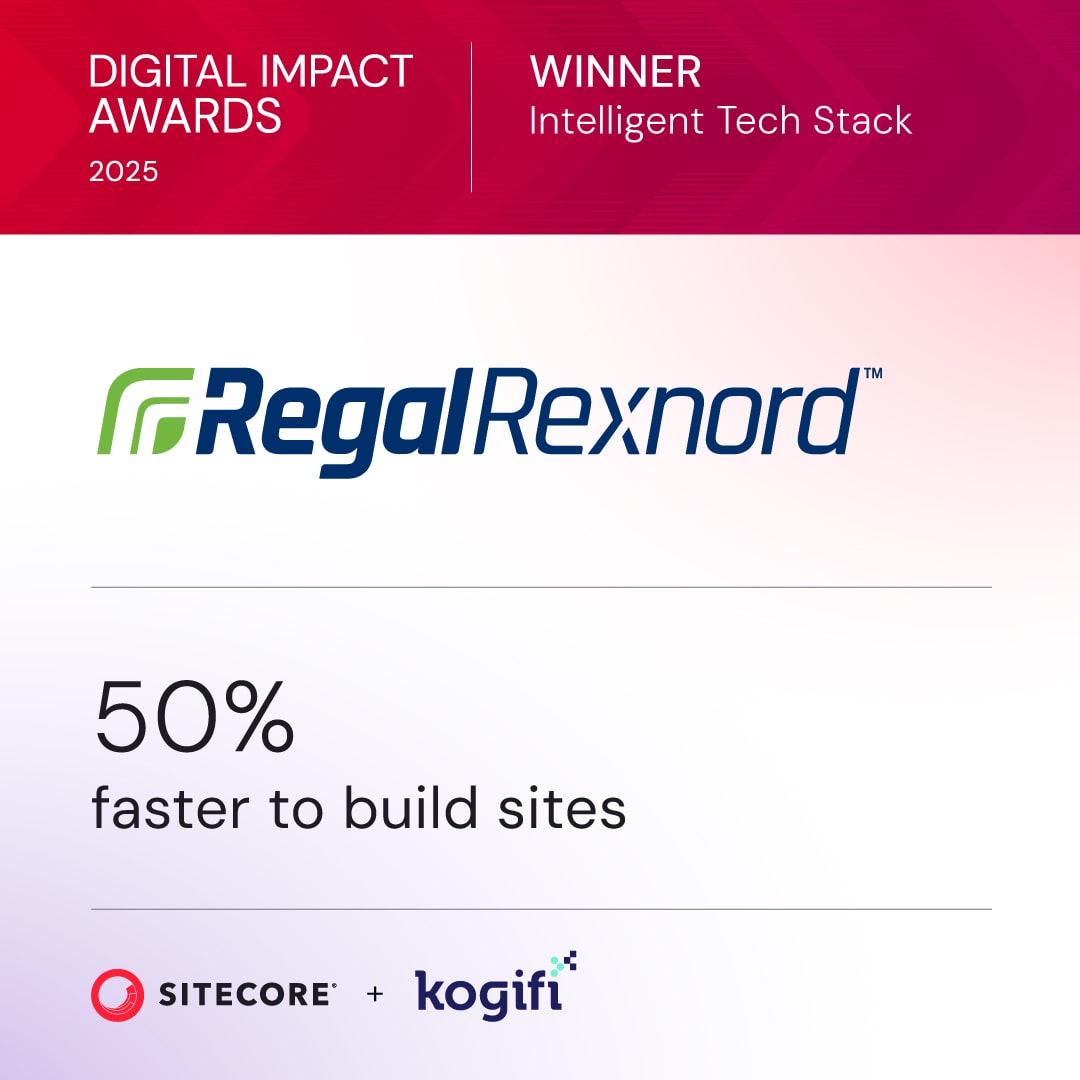A cloud-based CMS is a content management system hosted in the cloud, accessible via a web browser, freeing businesses from managing their own servers. This model shifts the responsibility for infrastructure, maintenance, and security to the provider, allowing teams to focus on creating superior content rather than managing hardware. Platforms like Sitecore XM Cloud exemplify this approach, offering a fully managed, software-as-a-service (SaaS) solution designed for enterprise-level performance and agility.
Why Modern Businesses Run on a Cloud Based CMS
The paradigm for content management has fundamentally shifted away from traditional, on-premise systems. An on-premise CMS is analogous to owning a private power generator; it requires a substantial upfront investment, a dedicated team for ongoing maintenance, and leaves you accountable for every update, security patch, and potential failure. Scaling up to meet increased demand is a slow, expensive process involving the procurement and installation of new hardware.
A cloud-based CMS, in contrast, is like plugging your business directly into a national power grid. You receive reliable, scalable power on-demand without concerning yourself with the underlying infrastructure. This is the value proposition of enterprise leaders like Sitecore and Microsoft's SharePoint. They manage the "power plant"—the core infrastructure—ensuring the system is always available, secure, and current, thus liberating IT teams from routine maintenance.
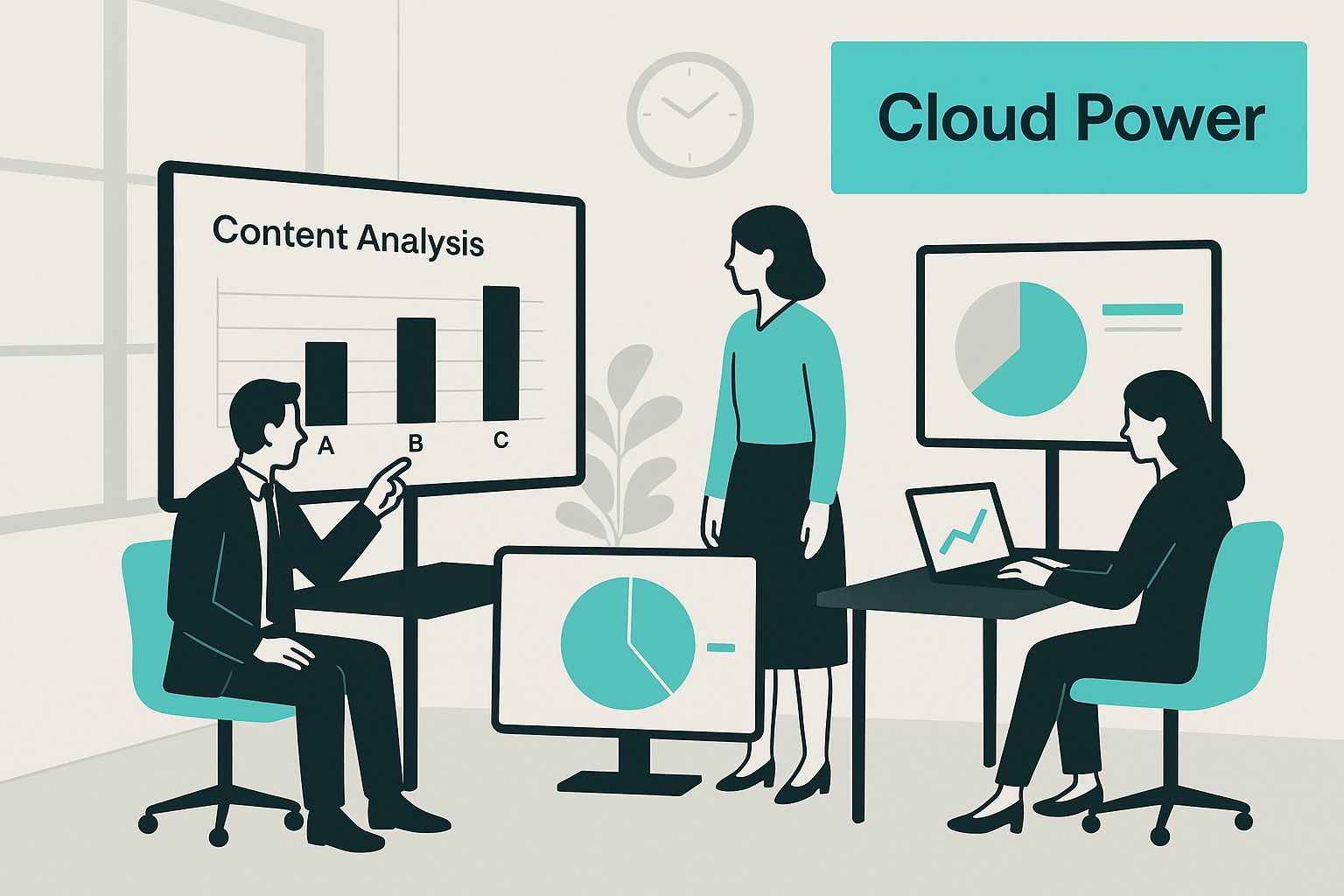
This cloud-first approach enables teams to concentrate on strategic initiatives and content creation, not server racks and cabling.
Shifting from Maintenance to Innovation
This transition is not merely a technological upgrade but a strategic pivot that elevates the role of IT within an organization. When technology teams are freed from the burdens of server maintenance and emergency patching, they evolve from a reactive support crew into a proactive innovation engine. Their focus shifts to high-value projects that directly drive business growth.
With a platform like Sitecore XM Cloud, developers can leverage a composable architecture to build sophisticated, personalized digital experiences. Marketers can rapidly launch campaigns, confident that the underlying system can handle any traffic surge without manual intervention. The cloud model inherently fosters agility and accelerates time-to-market.
By offloading infrastructure management and maintenance to the cloud provider, your IT teams can focus on more strategic tasks and innovations rather than routine maintenance.
The Enterprise Powerhouses: Sitecore and SharePoint
Within the enterprise landscape, two platforms stand out for their robust cloud solutions. Sitecore has redefined the Digital Experience Platform (DXP) with its SaaS offerings, particularly XM Cloud. It is a premier headless CMS engineered for creating personalized, omnichannel customer journeys, specifically designed for marketers who require speed and flexibility.
Concurrently, Microsoft SharePoint Online excels as the leading platform for internal collaboration and enterprise content management. It serves as the digital backbone for modern intranets, document libraries, and team sites, all securely integrated within the Microsoft 365 cloud. Together, they represent the two critical facets of a modern digital strategy: exceptional external customer experiences and streamlined, efficient internal operations, both powered by the cloud.
What Can A Cloud CMS Actually Do? Let's Break It Down
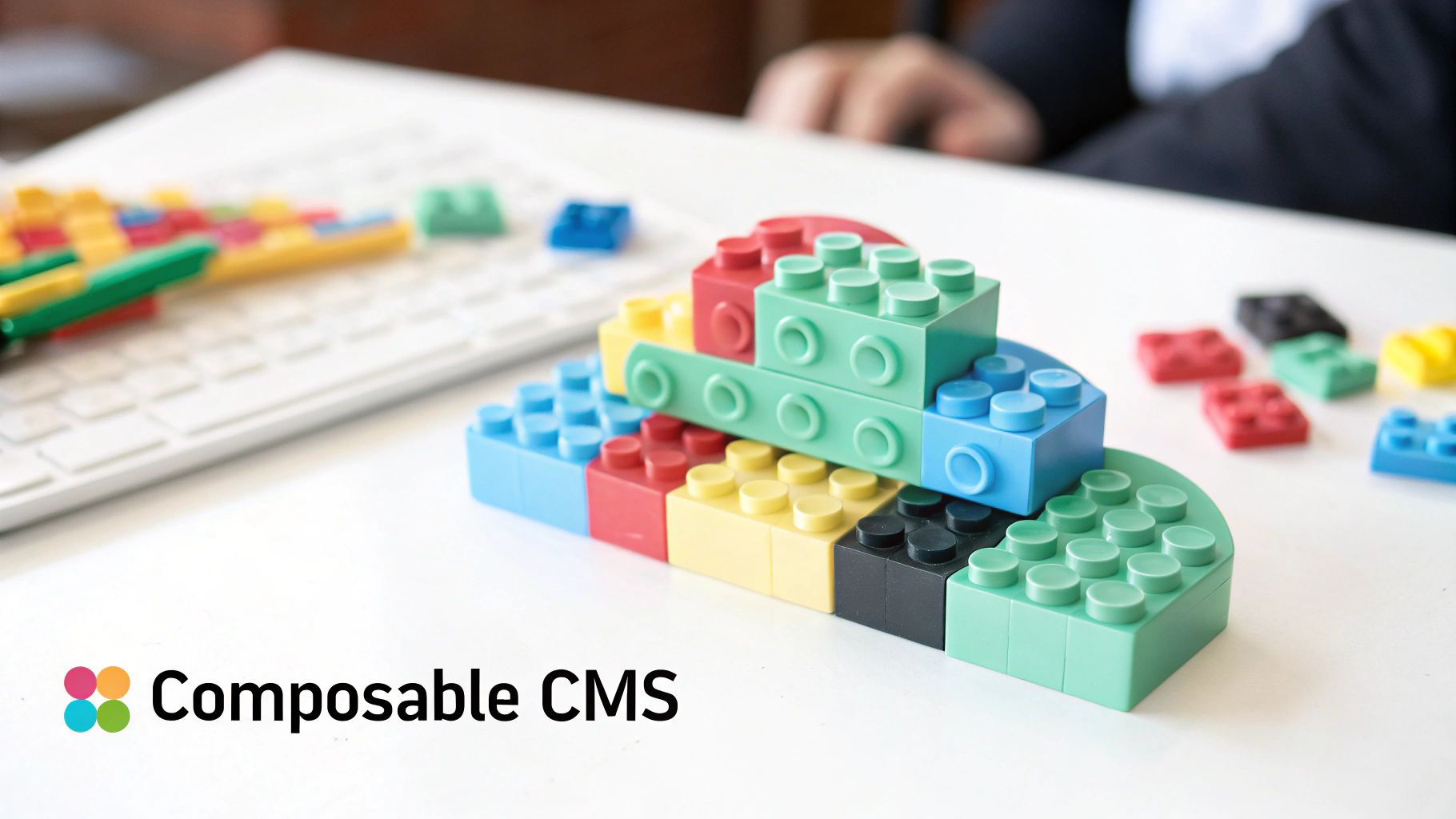
To comprehend the capabilities of a modern cloud CMS, one must look beyond standard feature lists. The true power lies not just in what these platforms do, but in their underlying architecture and the business outcomes they enable. Enterprise platforms like Sitecore offer more than just software; they provide a foundation for digital agility and a customer-centric approach.
A core tenet of this evolution is composability. Instead of a monolithic, one-size-fits-all system, a composable architecture provides a set of best-of-breed, interoperable services. This approach, which is fundamental to platforms like Sitecore XM Cloud, allows organizations to select and integrate the ideal tools for search, e-commerce, analytics, and more, building a DXP tailored to their specific business needs.
The Power Of A Composable, Headless Architecture
At the heart of the modern composable DXP is a headless architecture. This design decouples the back-end content repository (the "body") from the front-end presentation layer (the "head"). This separation is transformative because it allows content to be created once and delivered to any channel—a website, mobile app, smartwatch, or digital kiosk—without requiring reformatting.
For marketing teams utilizing a tool like Sitecore XM Cloud, this translates into significant gains in efficiency and brand consistency. They can craft a campaign message once and deploy it simultaneously across all touchpoints, ensuring a seamless customer experience. This is no longer a peripheral feature but an essential capability for engaging audiences in today's fragmented digital landscape.
AI-Driven Personalization And Actionable Insights
Another defining feature of top-tier cloud CMS platforms is the deep integration of Artificial Intelligence. The industry has moved beyond rudimentary personalization, such as inserting a user's name. The objective now is to deliver true one-to-one experiences at scale.
A truly advanced cloud CMS uses AI not just for superficial personalization but to understand user intent, predict behavior, and automatically optimize content delivery for maximum impact.
Sitecore's DXP, for example, leverages AI to analyze user behavior in real-time. It can dynamically alter page layouts, recommend relevant products, or serve content that aligns with a user's stage in the customer journey. The focus is not merely on displaying the right content but on anticipating user needs to foster genuine brand loyalty. This is supported by integrated analytics that provide actionable insights through clear, visual dashboards, enabling marketers to continuously refine their strategies and demonstrate a measurable return on investment.
On-Premise vs Cloud Based CMS A Strategic Comparison
To fully appreciate the shift to the cloud, it helps to see a direct comparison with the traditional, on-premise model. The differences go far beyond just where the software is hosted; they impact everything from cost and scalability to your team's day-to-day workflow.
The following table breaks down these key distinctions, showing why so many organizations are making the move to cloud-native solutions.
Ultimately, the choice comes down to control versus agility. While on-premise offers granular control, the cloud model provides the speed, flexibility, and reduced operational burden that modern digital businesses demand.
SharePoint And The Modern Digital Workplace
While Sitecore excels in managing the external, customer-facing digital experience, SharePoint Online is the undisputed leader for the internal digital workplace. As an integral component of the Microsoft 365 ecosystem, it operates as a powerful cloud based CMS for corporate intranets, document management, and team collaboration.
Its capabilities are centered on creating a secure, centralized repository for corporate knowledge and communication:
- Secure Document Libraries: Featuring version history, co-authoring capabilities, and robust permission controls.
- Team And Communication Sites: Providing dedicated spaces for project collaboration and broadcasting company-wide news.
- Powerful Search: Enabling employees to easily discover information across the entire organization.
- Seamless Integration: Interoperating flawlessly with other Microsoft tools like Teams, Outlook, and Power Automate.
A robust internal system like SharePoint ensures that while your customer experience is world-class, your internal teams are operating with equal efficiency. This comprehensive approach to content management is crucial for modern enterprises. For more on managing digital assets, this guide to website content management offers valuable foundational knowledge.
The Strategic Business Advantages of Going Cloud-Native
When you translate the technical muscle of a cloud based cms into real-world business outcomes, it’s easy to see why so many companies are making the jump. The benefits extend beyond the IT department, yielding measurable improvements in finance, operations, and marketing. Adopting a cloud-native CMS is not just a technology decision; it is a strategic move toward building a more agile and competitive organization.
This is precisely where platforms from the Sitecore portfolio excel. They are engineered not just to manage content but to drive business growth. Transitioning to a cloud-native solution fundamentally alters the economic and operational model of your digital strategy.
Reimagining Financial Efficiency and TCO
One of the most compelling arguments for cloud adoption is the significant reduction in Total Cost of Ownership (TCO). Traditional on-premise systems require substantial upfront capital investment in servers, software licenses, and networking hardware. These initial costs are followed by a continuous and often unpredictable stream of expenses for maintenance, repairs, and the IT staff required to manage the infrastructure.
A cloud model, as exemplified by Sitecore XM Cloud, transforms this financial equation by converting a volatile capital expense (CapEx) into a predictable operational expense (OpEx).
- Predictable Subscription Costs: A clear, recurring fee covers hosting, infrastructure, security, and automatic updates, simplifying budgeting.
- No Hidden Hardware Fees: The costly cycle of purchasing, replacing, and upgrading physical servers is eliminated.
- Reduced IT Overhead: Internal teams are liberated from routine server maintenance, allowing them to focus on high-impact, strategic projects.
This financial predictability enables organizations to reallocate resources from infrastructure upkeep to innovation and digital growth initiatives.
Boosting Operational Agility and Security
From an operational perspective, a cloud based cms offers a level of resilience and accessibility that legacy systems cannot match. For global enterprises, this is a critical advantage. Sitecore’s cloud platforms are built on the robust Microsoft Azure infrastructure, providing enterprise-grade security as a standard feature. This includes proactive threat monitoring, automated security patching, and compliance with stringent global data protection regulations.
By handing off infrastructure management to a cloud provider, you’re instantly tapping into a level of security and reliability that would be incredibly expensive for most companies to build and maintain themselves.
This model also empowers distributed teams. A marketer in London, a developer in Singapore, and a content editor in New York can collaborate seamlessly within the same secure system. The platform is always available, accessible, and up-to-date. Similarly, SharePoint Online provides a secure, cloud-based hub for internal collaboration, ensuring that internal teams have the necessary tools for efficient communication and productivity, a key aspect of the benefits of enterprise content management.
Empowering Marketers to Outmaneuver the Competition
For marketing teams, the cloud acts as a force multiplier, creating a distinct competitive advantage. The agility afforded by a platform like Sitecore XM Cloud is profound. Consider a major product launch: a company on a legacy on-premise system must forecast traffic and provision server capacity weeks in advance. An incorrect estimate can lead to a site crash or wasted expenditure on unnecessary hardware.
In contrast, a company using Sitecore’s cloud platform benefits from automatic scaling. As launch-day traffic surges, the system instantly allocates additional resources to ensure a flawless user experience, then scales back down as traffic subsides. This elasticity allows marketers to execute ambitious campaigns with confidence, knowing that technology will not be a bottleneck. The ability to scale on-demand, combined with advanced personalization tools and faster deployment cycles, enables them to capitalize on market opportunities while competitors are still constrained by IT limitations.
Implementing Your Cloud CMS with Sitecore and SharePoint

Transitioning to a powerful cloud based cms is a significant business initiative that demands a well-defined strategy. For organizations leveraging the Sitecore and SharePoint ecosystems, a successful implementation requires careful planning, from establishing clear success metrics to executing a seamless content migration.
A structured implementation framework is essential for unlocking the full potential of these platforms, achieving early wins, and building sustained momentum. The process must begin by aligning the project with tangible business objectives. Instead of stating, "We need a new CMS," the focus should be on solving specific business problems, such as increasing lead generation by 20% or accelerating campaign launch times.
Architecting Your Sitecore Composable DXP
With Sitecore's cloud-native portfolio, you are not merely installing a single software product; you are assembling a custom Digital Experience Platform (DXP). This composable approach provides the flexibility to construct the precise marketing technology stack your business requires.
The core of this architecture is Sitecore XM Cloud, the SaaS headless CMS. From this foundation, you can strategically integrate other best-in-class tools from the Sitecore ecosystem to create a unified platform. This phased approach allows for incremental value delivery and faster ROI.
A typical implementation might integrate these key components:
- Sitecore Search: An AI-powered tool that delivers highly relevant, personalized search results across all digital properties, significantly enhancing the user experience from the outset.
- Sitecore Connect: A low-code/no-code integration platform that connects your CMS with hundreds of other critical business systems, such as your CRM or ERP, to create seamless data flows.
- Content Hub ONE: For organizations with complex content operations, this lightweight, agile CMS can simplify content creation for specific campaigns or channels, complementing the core capabilities of XM Cloud.
A successful Sitecore cloud implementation focuses on assembling a DXP piece by piece, starting with foundational content management and layering on personalization, search, and analytics capabilities as business needs dictate.
This modular strategy avoids the pitfalls of a monolithic, "big bang" implementation, resulting in a powerful, interconnected platform that evolves with your business, a core tenet of modern enterprise content management solutions.
Mastering SharePoint for the Modern Intranet
While Sitecore perfects the external customer journey, SharePoint Online excels at enhancing the internal employee experience. A successful SharePoint implementation hinges on user adoption and strong governance.
A modern SharePoint intranet should be more than a document repository; it must be a central communication hub that employees actively use. This involves designing intuitive navigation, creating engaging content, and integrating with tools that employees use daily, such as Microsoft Teams.
Establishing clear governance from the project's inception is critical. This includes defining:
- Content Ownership: Assigning responsibility for creating and maintaining content in different sections.
- Permissions and Security: Determining the appropriate access levels for various employee groups.
- Site Creation Policies: Establishing procedures for requesting, approving, and archiving team sites.
Without a robust governance plan, an intranet can quickly become disorganized and unusable. A phased rollout, beginning with a pilot group of engaged users, allows for feedback collection and helps build a network of internal advocates before a company-wide launch.
Future-Proofing Your Digital Strategy with a Cloud CMS
Selecting a content management system is no longer just about addressing current needs; it is about building a foundation that can adapt to future challenges and opportunities. A modern cloud based cms is uniquely positioned to achieve this, built to support two critical trends that legacy systems cannot: deep AI integration and a truly composable architecture.
These are not mere buzzwords; they represent a fundamental shift in how digital experiences are constructed and managed. Platforms within Sitecore’s cloud portfolio are designed not only to keep pace with change but to provide businesses with the tools to innovate and lead.
Moving Beyond Basic AI to Predictive Experiences
Historically, AI in a CMS was limited to simple personalization, such as dynamic name insertion. The cloud-native AI available today, particularly within the Sitecore ecosystem, is far more sophisticated. It moves beyond rule-based personalization to automate content optimization, predict user behavior, and deliver truly individualized experiences at scale.
Instead of merely reacting to user clicks, this advanced AI anticipates their next needs. It can dynamically reconfigure page layouts, suggest the most relevant content, or identify users at risk of churning and present a targeted retention offer. This predictive capability is only feasible with the massive data processing power of the cloud. This aligns with modern data practices, as explored in this practical guide to real-time data streaming, where real-time information fuels dynamic experiences.
The goal of modern AI in a cloud CMS is to move from reactive personalization to proactive, predictive engagement, creating a digital experience that feels uniquely tailored to each individual user.
Building with Freedom: Composable Architecture
The second pillar of a future-proof strategy is composable architecture. This is analogous to building with LEGO bricks rather than being restricted to a pre-built, unmodifiable model. A composable DXP, powered by a cloud based cms like Sitecore XM Cloud, provides the freedom to select and integrate the best-of-breed tool for each specific function—whether it's search, commerce, or analytics.
This approach confers exceptional agility. When a new, superior marketing tool becomes available, it can be integrated without disrupting the entire system. This is a significant departure from the rigid, monolithic suites of the past, which locked businesses into a single vendor's ecosystem. You can explore this topic further by reading about future-proofing with composable DXP architecture. This freedom to adapt allows businesses to respond rapidly to market shifts, evolving customer demands, and emerging technologies.
The market is unequivocally moving in this direction. As detailed by the CMS market growth on coherentmarketinsights.com, this growth is driven by the AI and cloud technologies that enable the efficient, personalized experiences customers now expect. Sitecore’s cloud portfolio is engineered to be the foundation for a resilient, innovative, and future-ready digital presence.
Answering Your Questions About Cloud Based CMS
When leaders start thinking about moving their digital operations to the cloud, a lot of important questions come up. Making the right call means getting clear, direct answers grounded in real-world experience. Here, we’ll tackle the most common questions we hear, drawing on our deep expertise with enterprise platforms like Sitecore and SharePoint.
How Does Cloud CMS Security Compare to On-Premise?
This is a critical concern. There is a persistent myth that on-premise systems are inherently more secure because the servers are physically accessible. The reality is that a top-tier cloud based cms often provides a far more robust security posture than most organizations can achieve independently.
Leading providers like Sitecore, whose platform is built on Microsoft Azure, invest enormous resources in global security operations. This is a core component of their service, providing:
- Multi-Layered Defense: Sophisticated protection against threats like DDoS attacks is included as a standard feature.
- Automated Patching: Security updates are applied continuously and automatically, mitigating vulnerabilities much faster than most internal IT teams can.
- Global Compliance: Adherence to rigorous standards like GDPR and SOC 2 is built-in, significantly reducing the compliance burden on your organization.
With an on-premise system, the entire responsibility for security—from physical access controls to constant monitoring and patching—rests on your team. A reputable cloud CMS provider delivers enterprise-grade security as a managed service.
What Is the Difference Between PaaS and SaaS?
The terms "PaaS" and "SaaS" are frequently used in cloud discussions, and understanding their distinction is crucial when evaluating platforms like Sitecore.
Using an analogy, PaaS (Platform as a Service) is like leasing a fully equipped professional kitchen. You get the ovens, stovetops, and workspace, but you are responsible for the ingredients and the cooking. A traditional Sitecore instance hosted on Azure is a PaaS model; the infrastructure is managed, but you are responsible for managing the Sitecore application itself, including upgrades and maintenance.
SaaS (Software as a Service), in contrast, is like dining at a five-star restaurant. You simply enjoy the experience while the restaurant handles everything—sourcing ingredients, cooking, serving, and cleanup. Sitecore XM Cloud is a quintessential SaaS CMS. Sitecore manages all updates, scaling, and infrastructure, allowing your team to focus exclusively on creating exceptional digital experiences.
For businesses that need the fastest time-to-market and the lowest maintenance headaches, a SaaS model like Sitecore XM Cloud is the clear winner. It shifts the operational weight to the vendor, freeing your team to do more strategic work.
Can We Migrate Existing Content to a New Cloud CMS?
Yes, absolutely. Content migration is a standard and essential phase of any CMS implementation. While it requires careful planning, it is a well-established process with proven methodologies, particularly for platforms like Sitecore and SharePoint.
Migration is also a strategic opportunity to audit and optimize your content. The process typically involves a content audit (to determine what to keep, archive, or discard), a mapping exercise to align the old content structure with the new system's capabilities, and the use of specialized tools to automate the migration. For complex websites, partnering with an expert who has proven migration experience is the most effective way to ensure a smooth and efficient transition.
How Does a Cloud CMS Support a Global Business?
This is an area where a cloud based cms demonstrates its true value. For global enterprises, the ability to deliver high-performance digital experiences to a worldwide audience is a primary driver for cloud adoption. Platforms like Sitecore are architected for this purpose.
The key technology is a global Content Delivery Network (CDN), which caches website content in data centers around the world. A user in London retrieves content from a nearby European server, rather than one in North America. This results in significantly faster page load times and a superior user experience, regardless of the user's location.
Beyond performance, these platforms provide powerful multi-site and multi-language management capabilities from a single interface. A central marketing team can maintain global brand consistency while empowering regional teams to create locally relevant content. This model of centralized governance with decentralized execution is incredibly effective and challenging to replicate efficiently with an on-premise system.
Ready to unlock the full potential of a cloud based cms for your business? The expert teams at Kogifi specialize in implementing and optimizing powerful Sitecore and SharePoint solutions that drive real results. Discover how we can help you build a more agile, secure, and future-ready digital presence at https://www.kogifi.com.

















